
Projects
Hessian scientists of various disciplines are using High Performance Computers for their research.

Hessian scientists of various disciplines are using High Performance Computers for their research.
Displaying 1 - 30 of 81
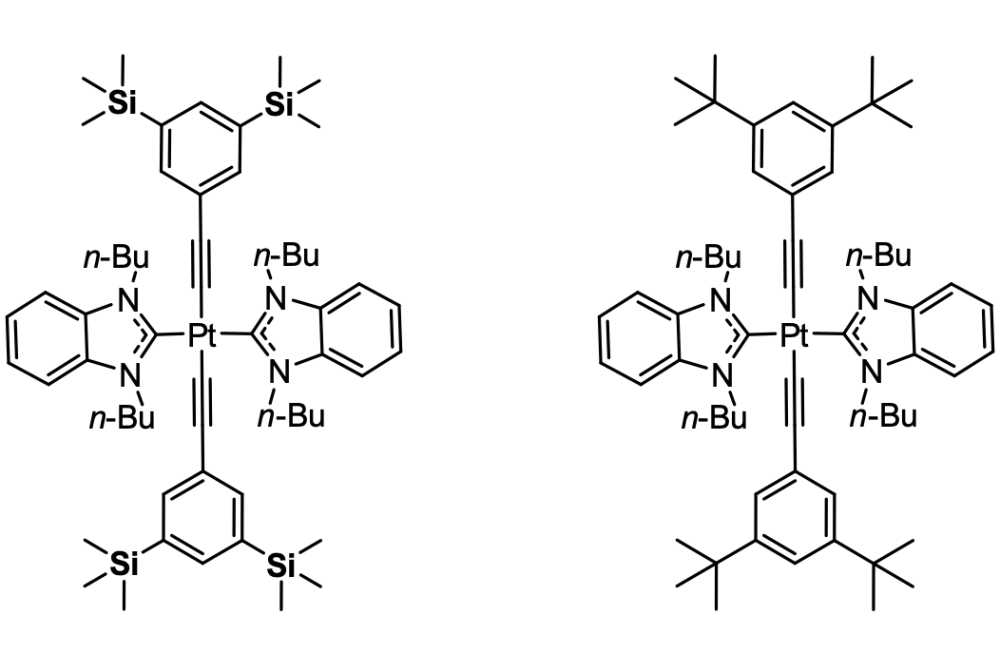
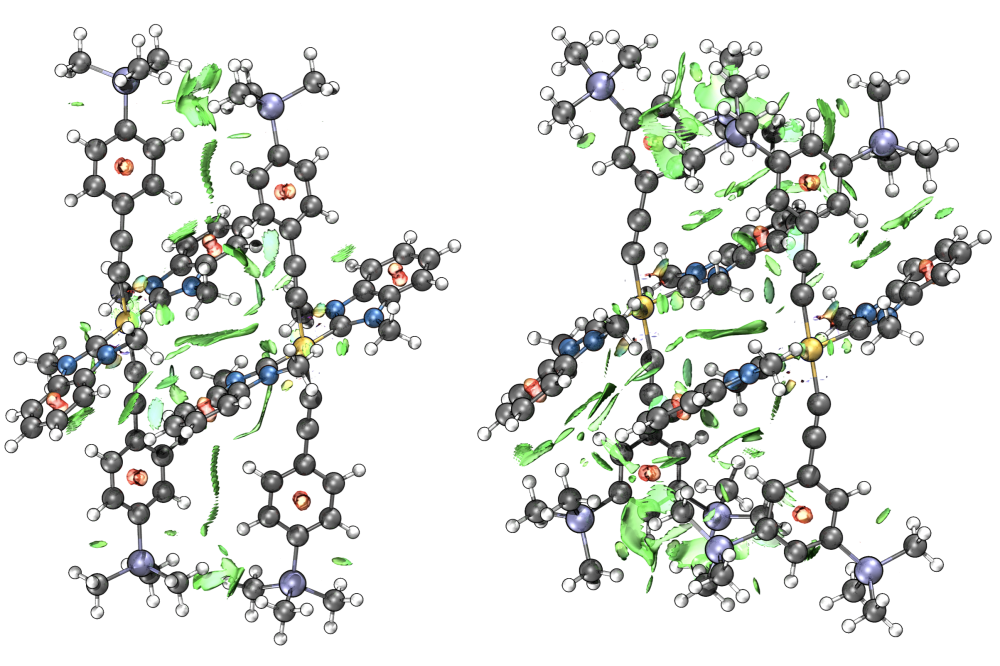
Non-covalent interactions (NCIs) not only govern the structure biomacromolecules such as proteins and DNA, but often ...

Linking experimental and theoretical observations on a physical system is one of the key objectives of modern science ...
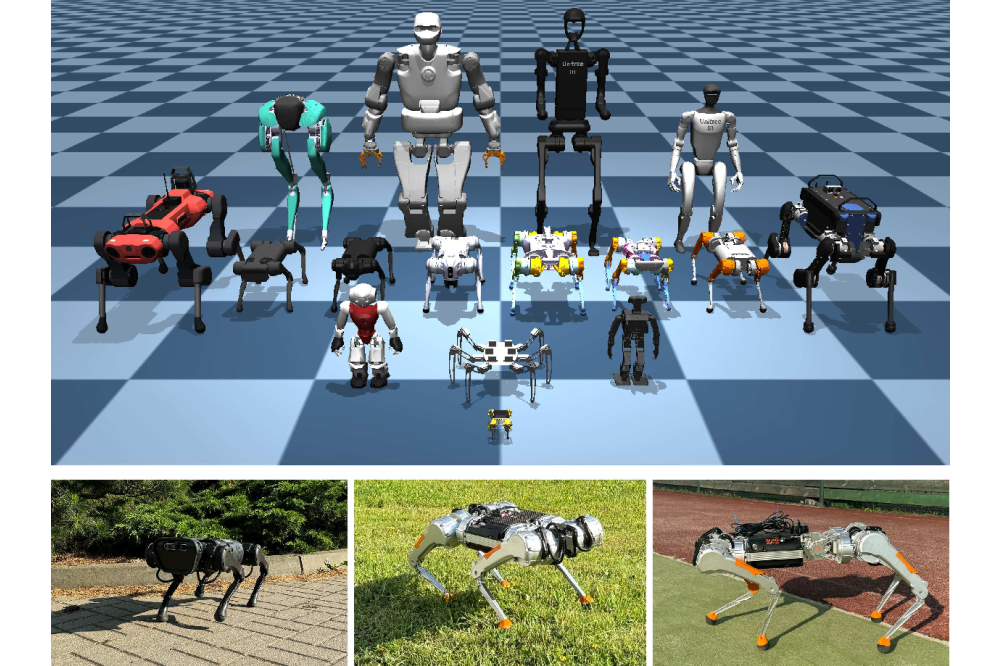
The rapid development of robotics has enabled legged robots capable of performing highly dynamic tasks such as walking ...

Up-to-date contact-rich manipulation tasks remain one of the grand challenges of robotics. Equipping robots with a sense ...
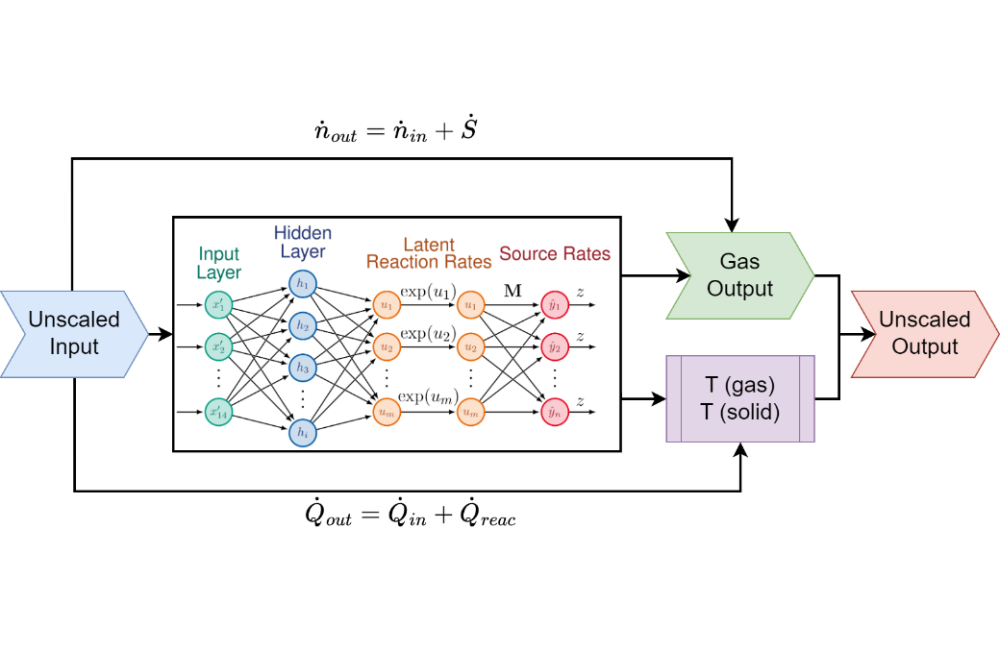
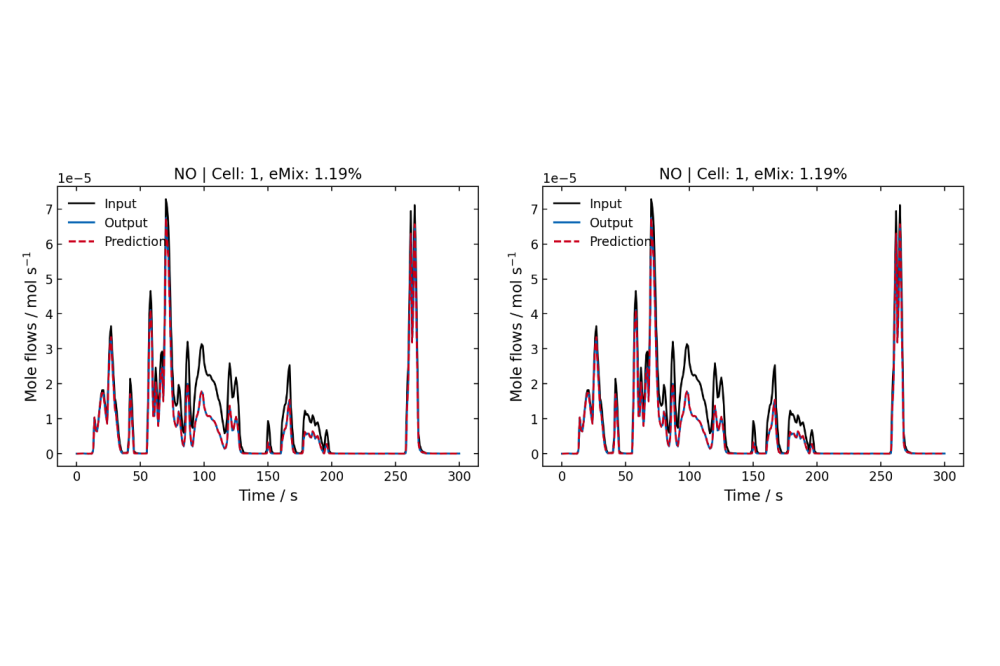
The computational resources of the Lichtenberg HPC were used in this project to train physics informed machine learning ...
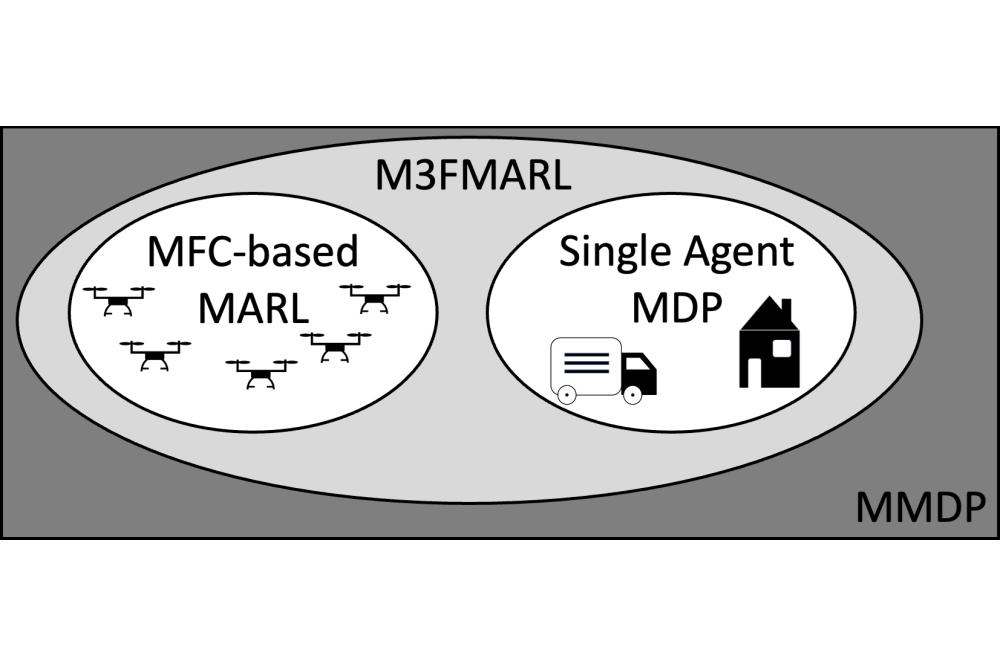
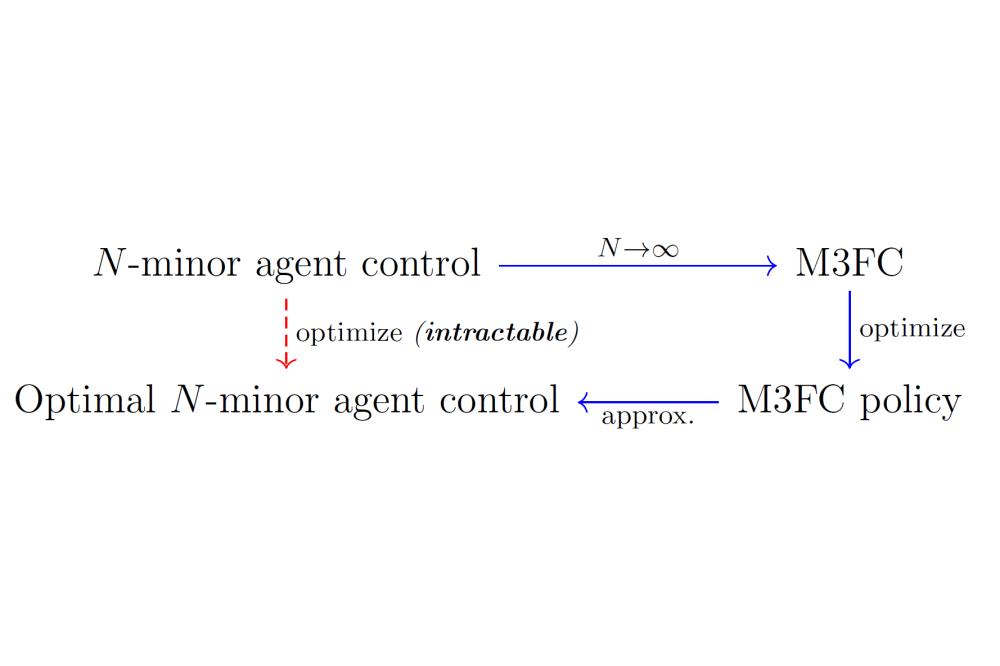
Multi-agent reinforcement learning (MARL) remains difficult to scale to many agents. Recent MARL using Mean Field ...
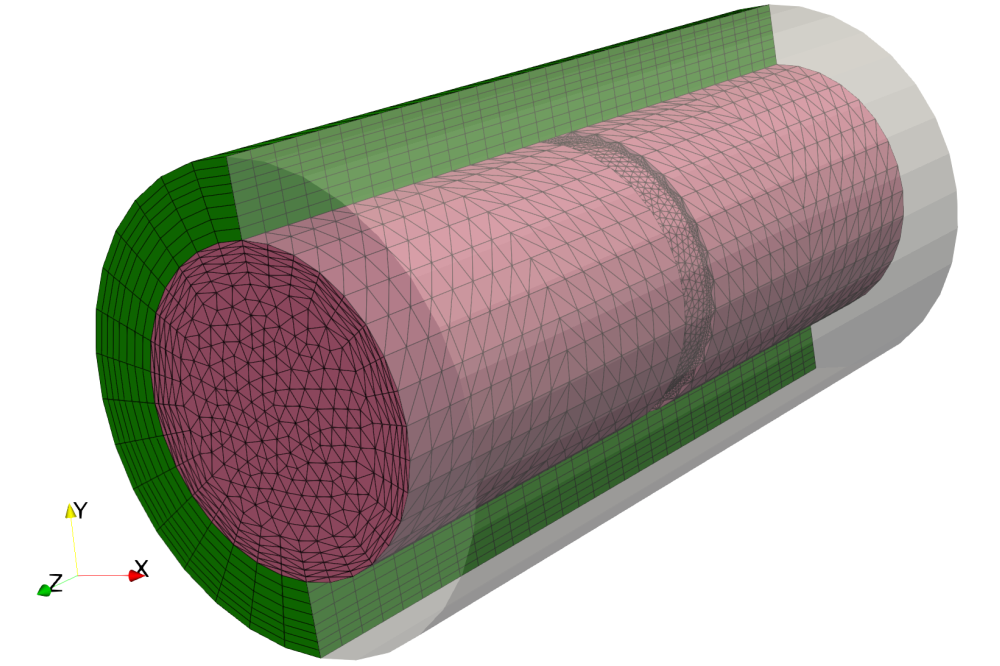
The objective of this ongoing project is the continuous development and advancement of effective simulation methods for ...
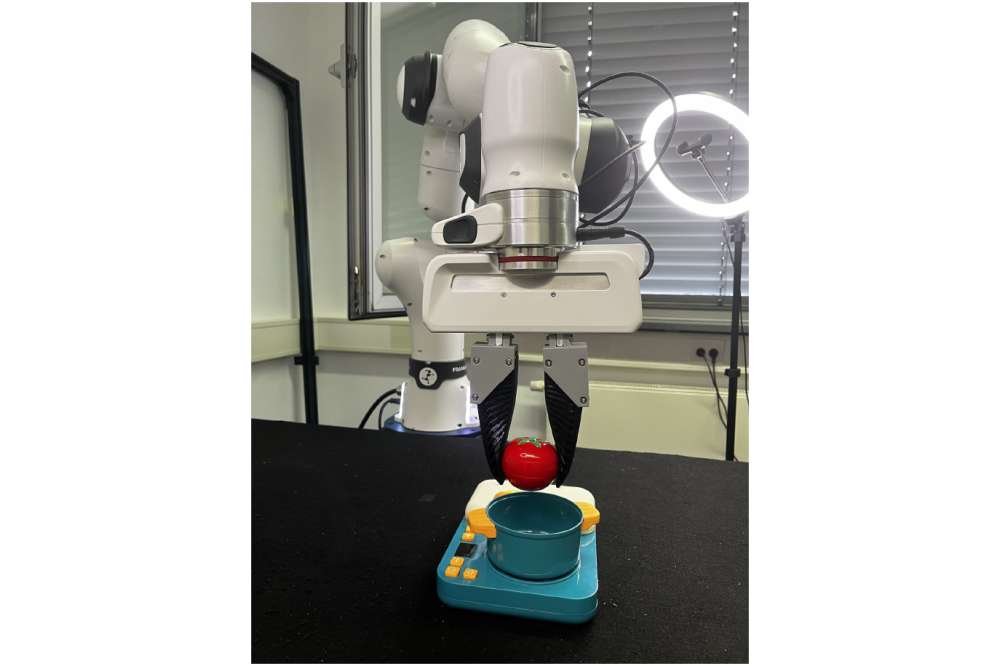
General-purpose intelligent robots are expected to simultaneously handle multiple tasks while interpreting various ...
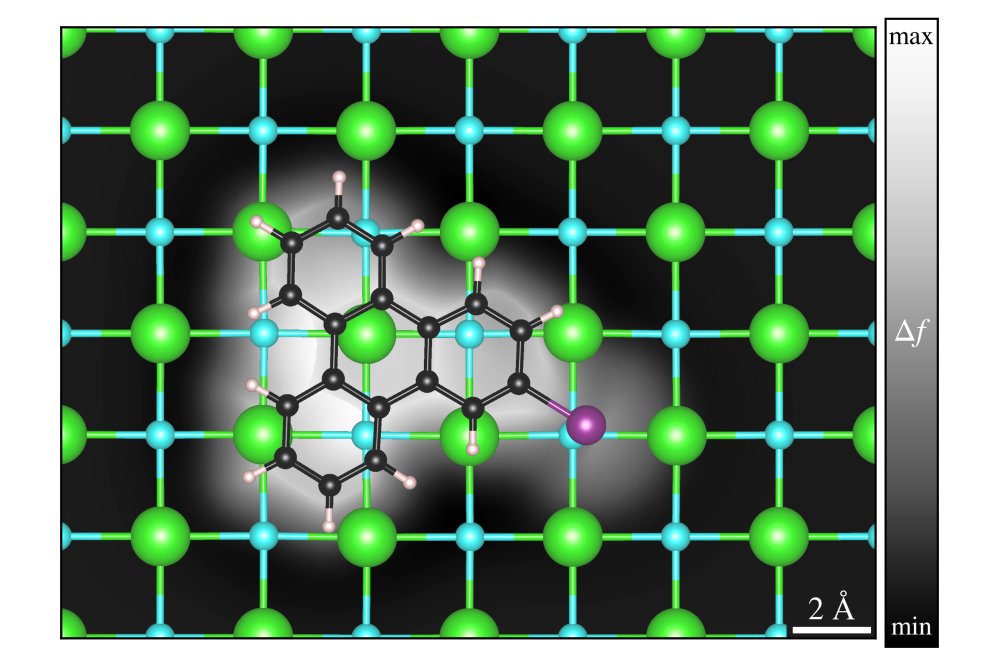
In the past centuries chemists have established a solid knowledge for the synthesis of molecules in solution. With the ...
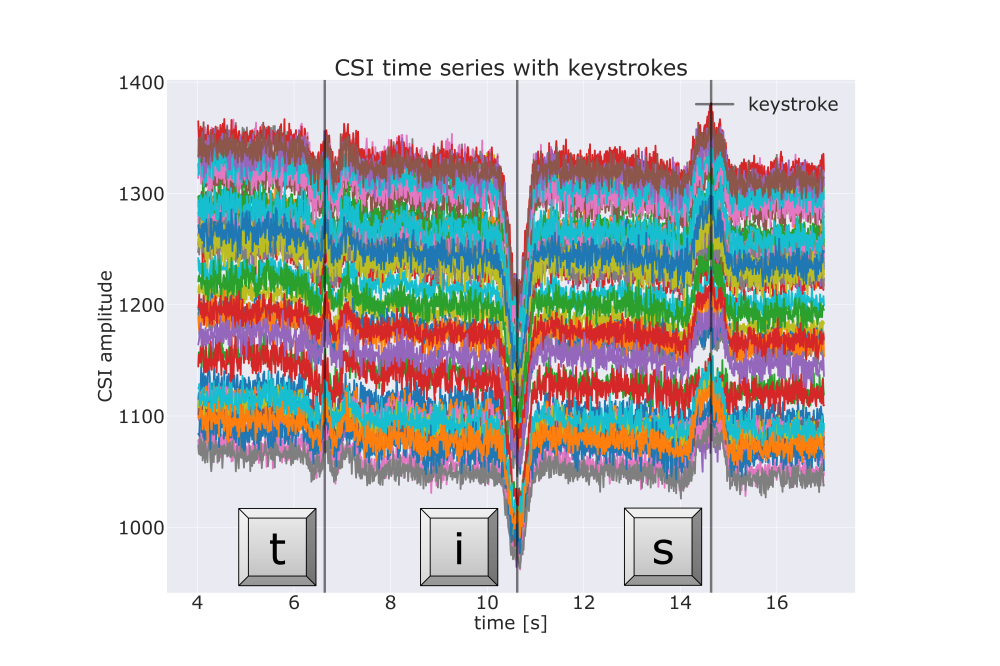
During keyboard typing, hand and finger movements induce alterations in Wi-Fi signal propagation, reflected in Channel ...
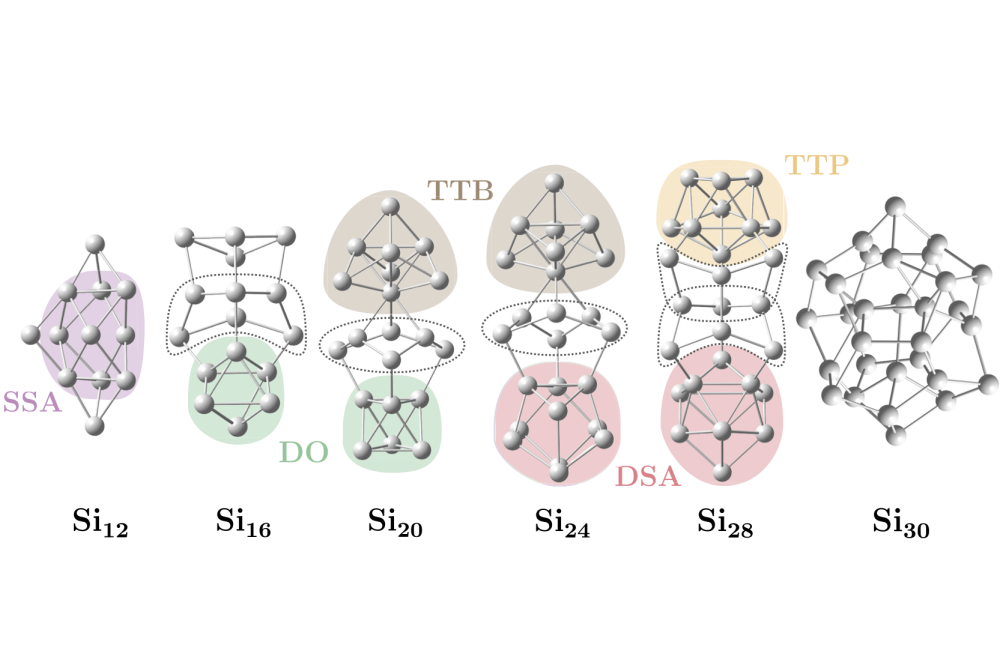
The previous investigation of SnN clusters with N = 6−40 showed that below a clusters size of about 30 atoms, a prolate ...


The increase in complex cyber-attacks illustrates the vulnerability of society and information infrastructure. In ...
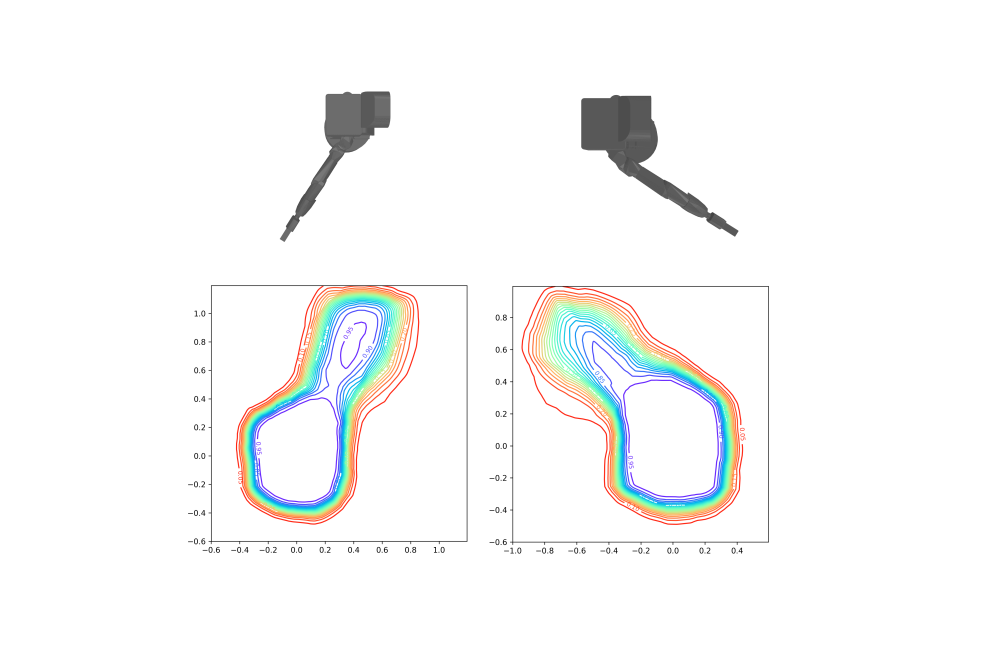
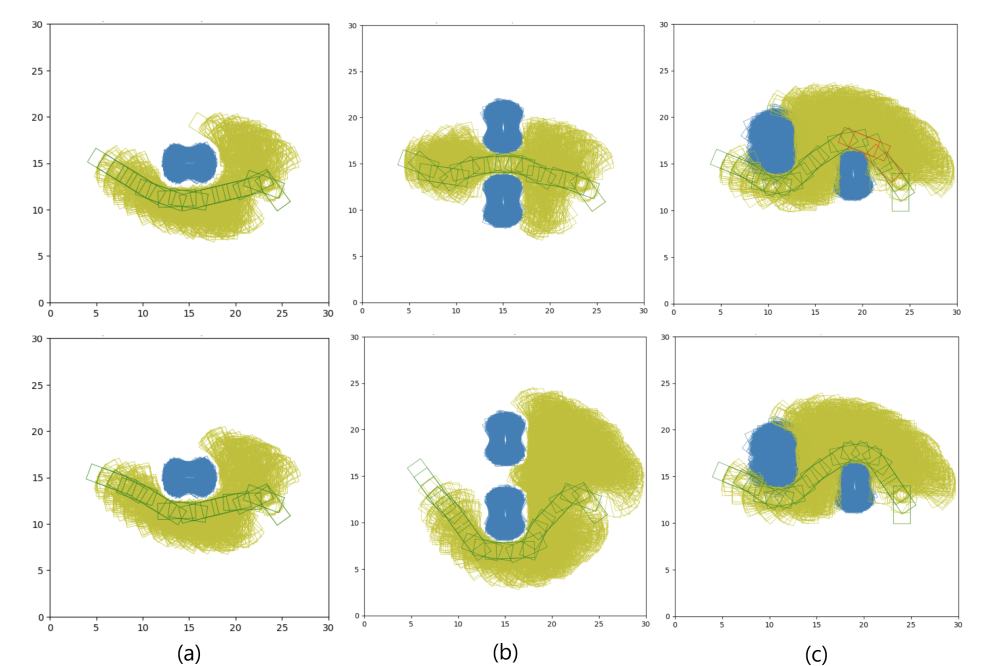
In robotic applications such as autonomous driving and whole-body control, ensuring safety is of utmost importance ...
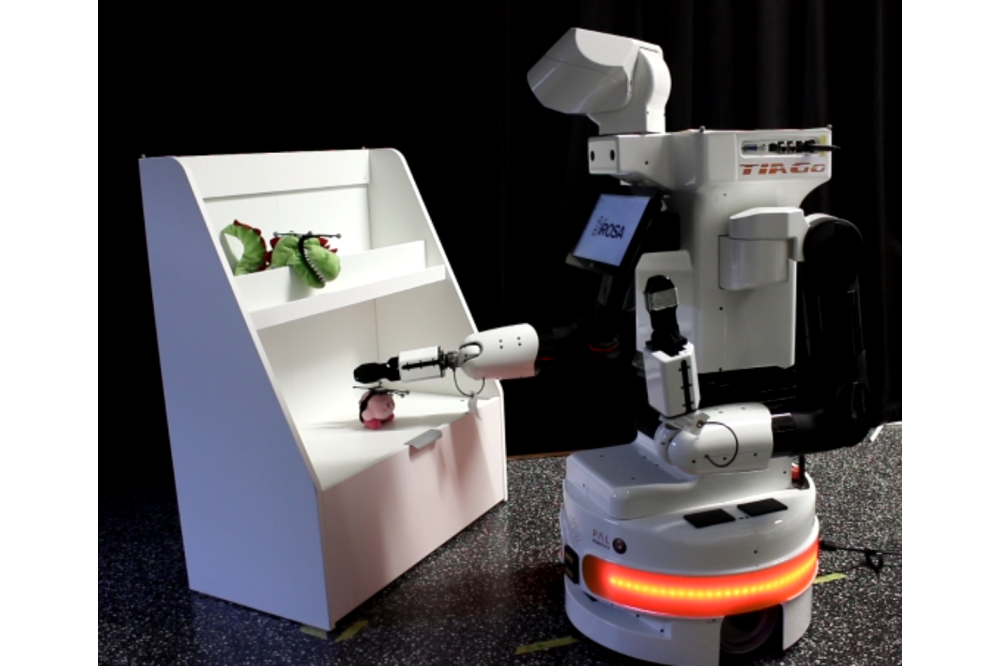
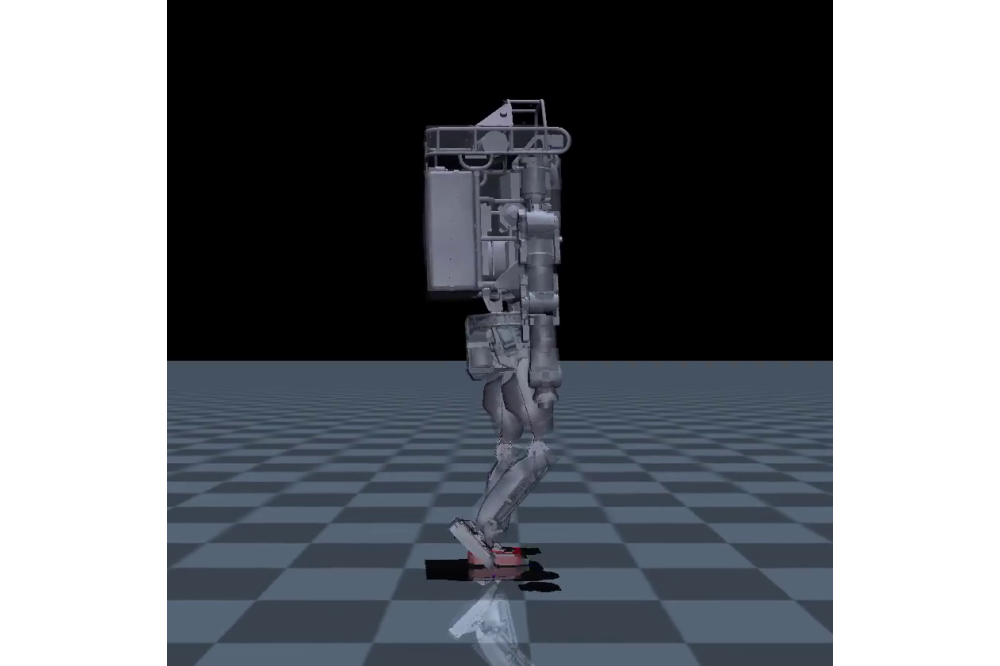
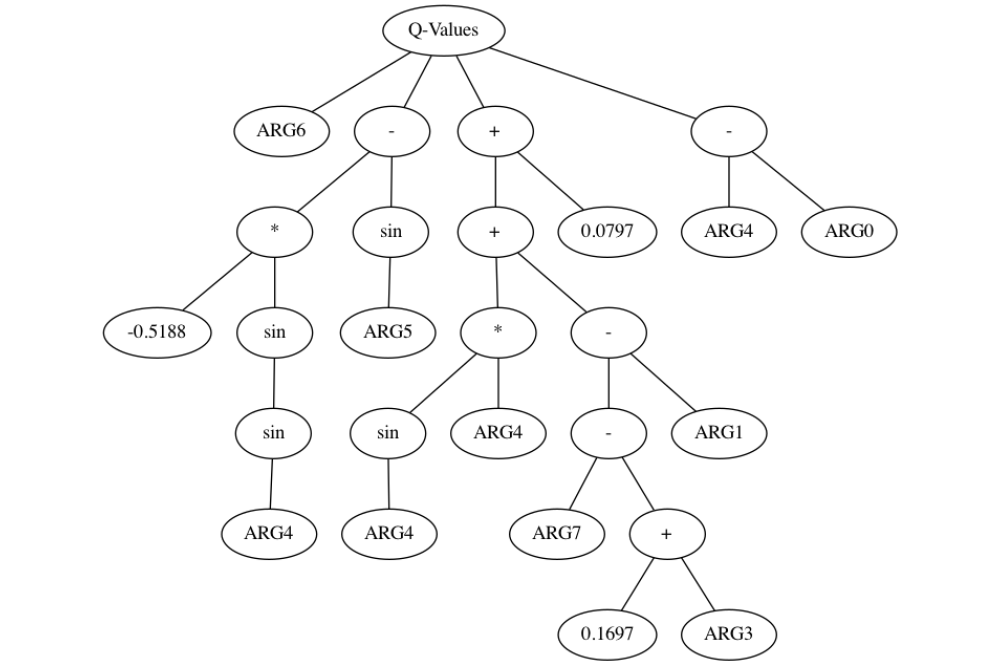
Robotics platforms can massively benefit from novel Deep Reinforcement Learning approaches. However, robotics have ...
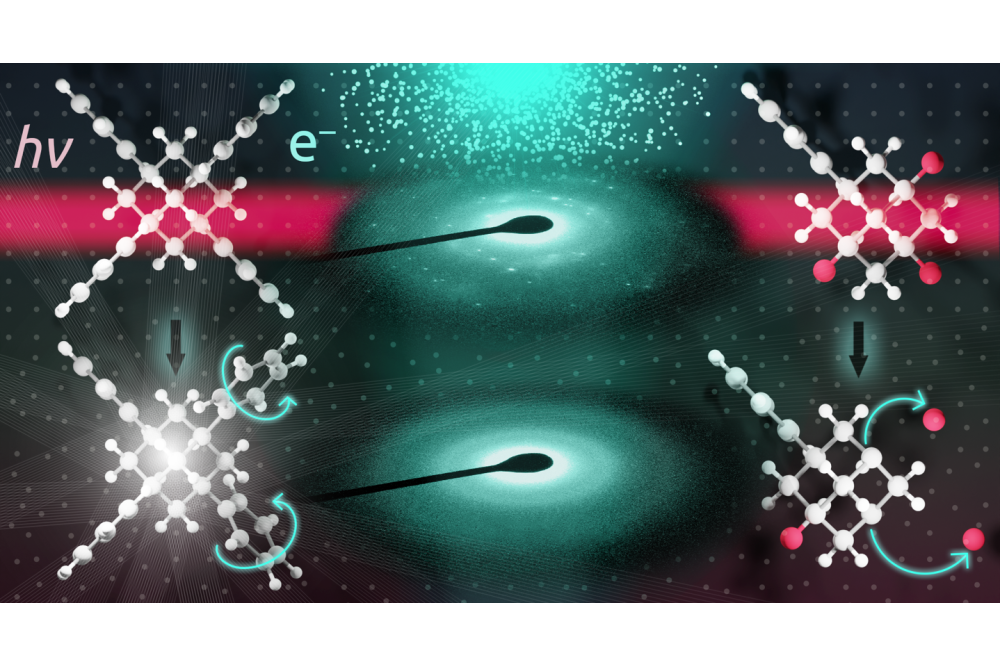
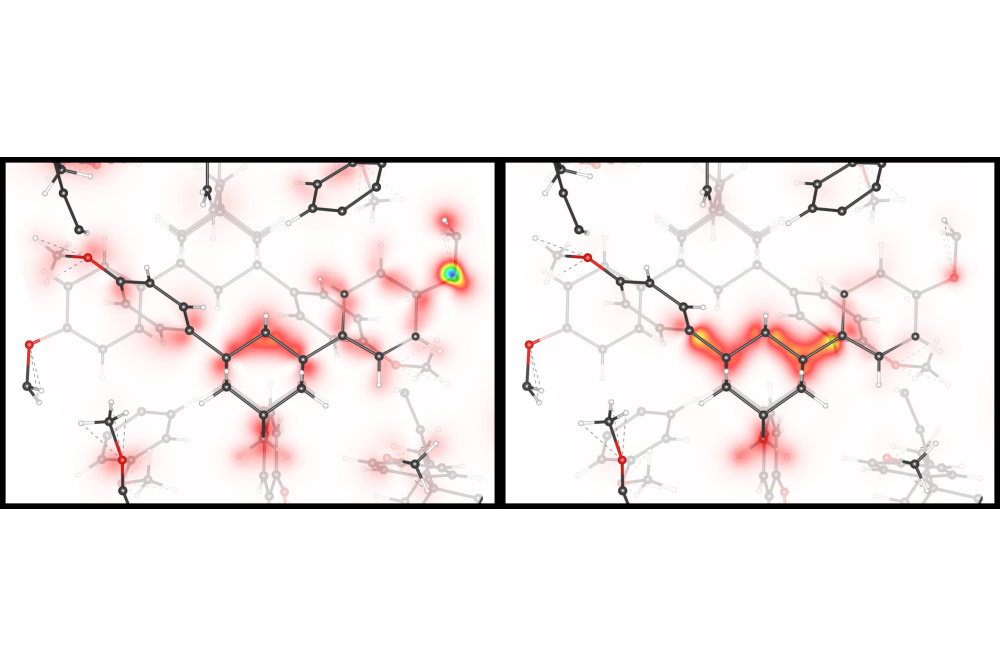
Linking experimental and theoretical observations on a physical system is one of the key objectives of modern science ...

We survey the landscape of MAB and Mbene superconductors out of our previous high-throughput predictions using first ...

Acoustic keylogging describes a category of side-channel attacks that recover typed keystrokes from audio-streams of ...
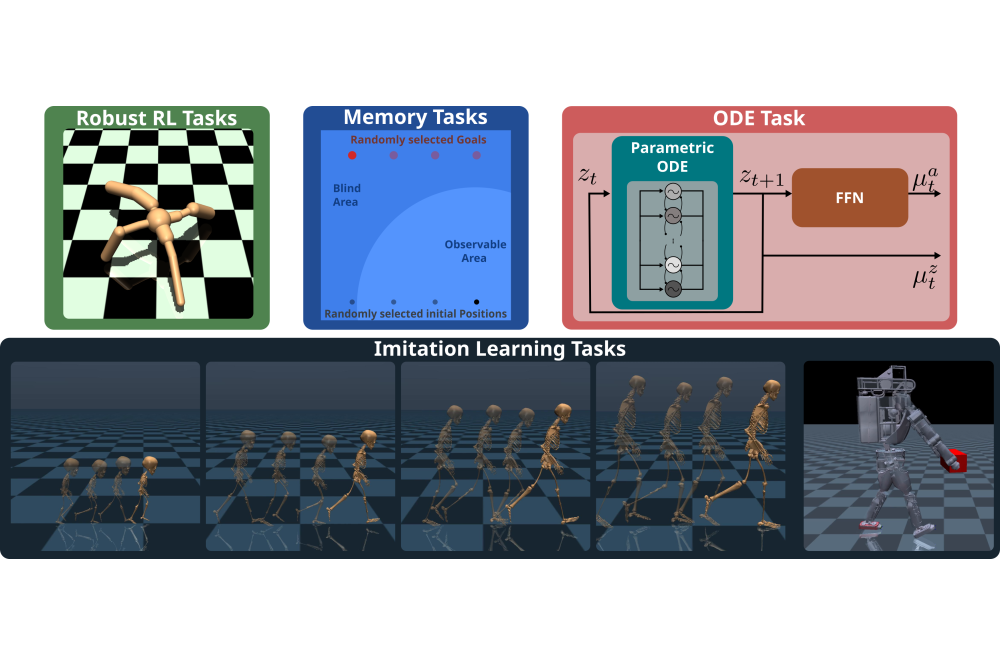
Understanding the underlying reward mechanisms of human locomotion and transferring this knowledge to humanoid robots is ...
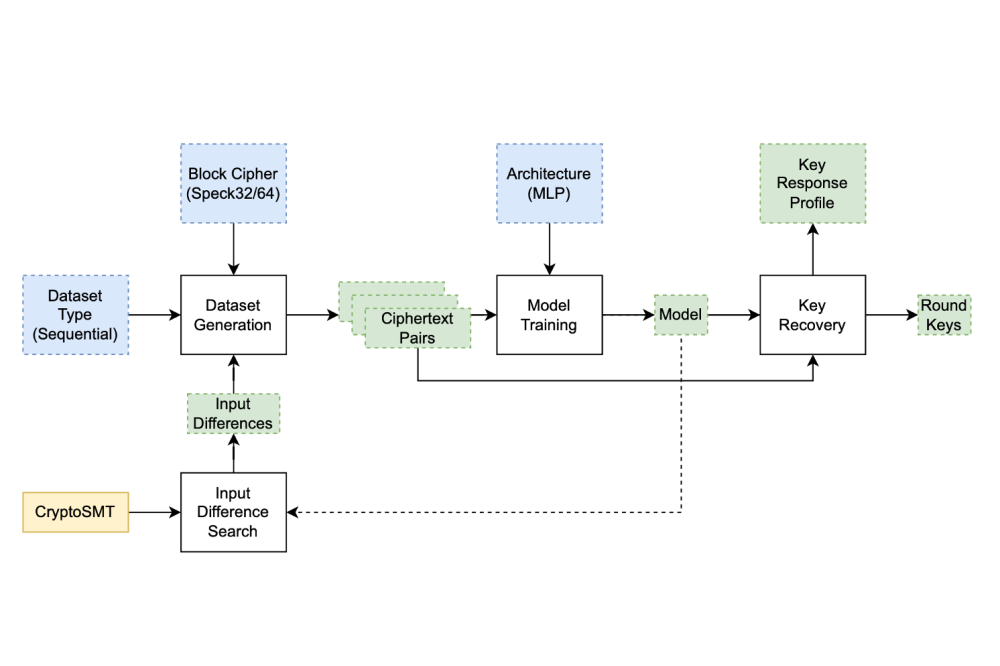

Lightweight Cryptography is about developing and analyzing algorithms that provably obtain security goals, such as ...
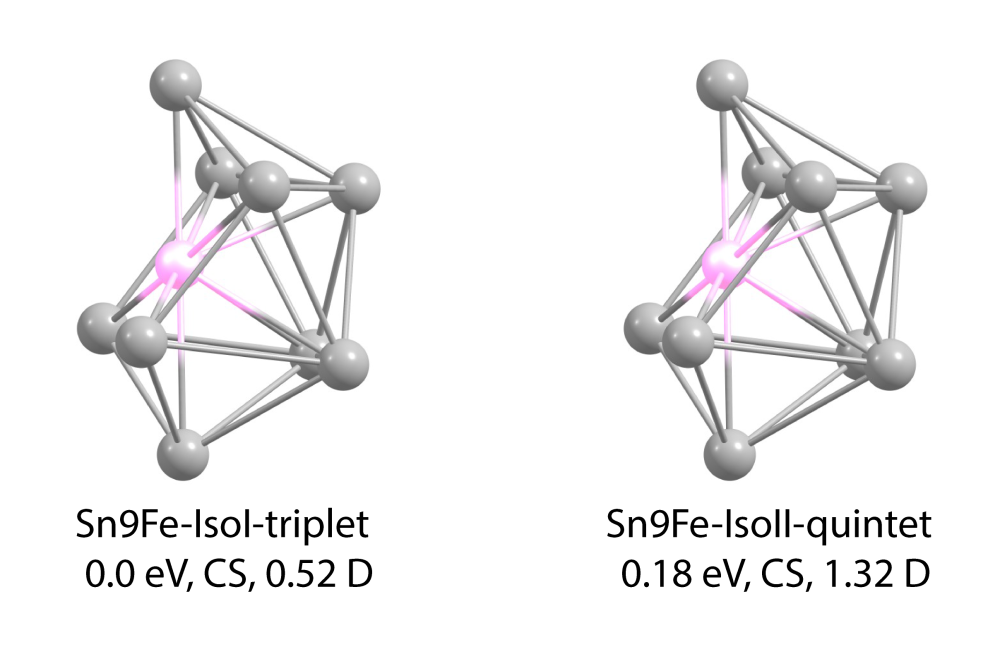
In the framework of the Collaborative Research Center (CRC 1487), iron is studied as a substitute for rare-earth metals ...
Visuotactile sensors are gaining momentum in robotics because they provide high-resolution contact measurements at a ...
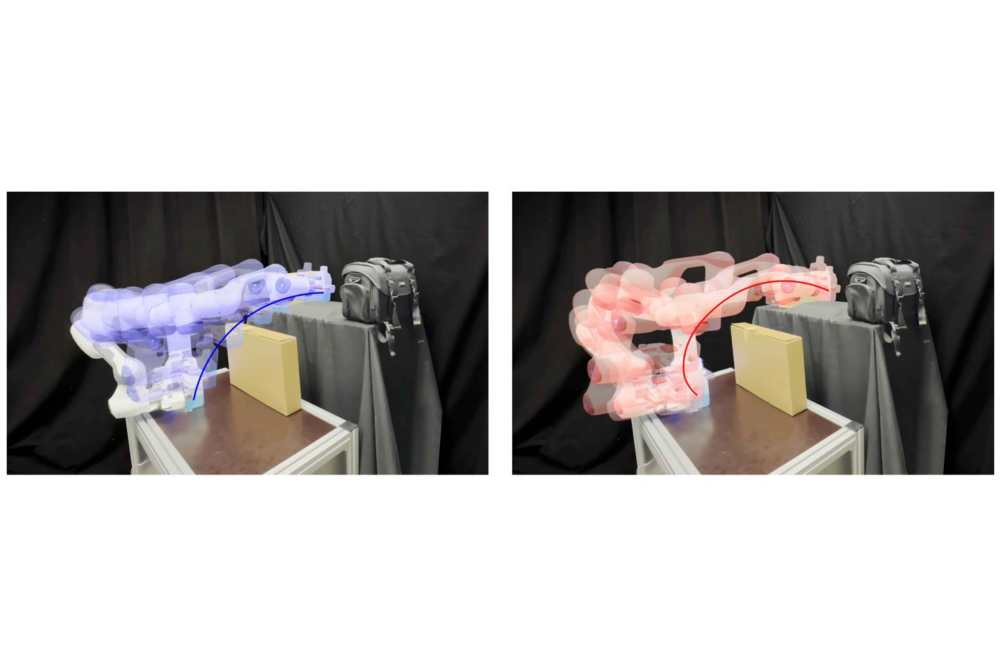
Motion planning is a crucial component of autonomous robot systems. It addresses the problem of finding a feasible ...
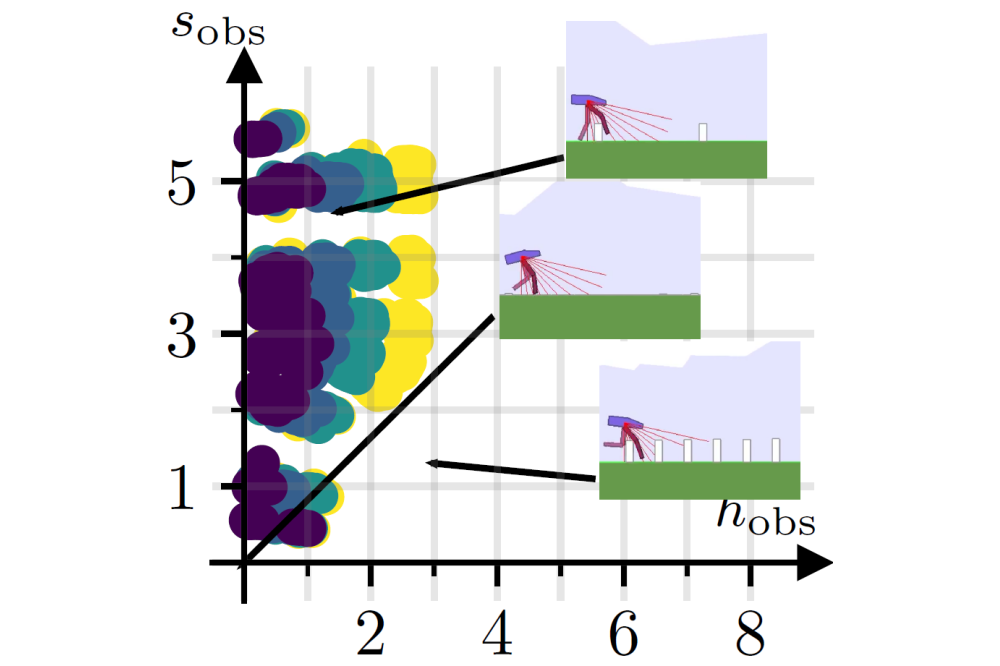
Reinforcement Learning (RL) is a promising tool for solving complicated control and decision-making tasks in a data ...

Autonomous robots need to be able to identify and recognize objects in a scene. For this crucial task we need to ...
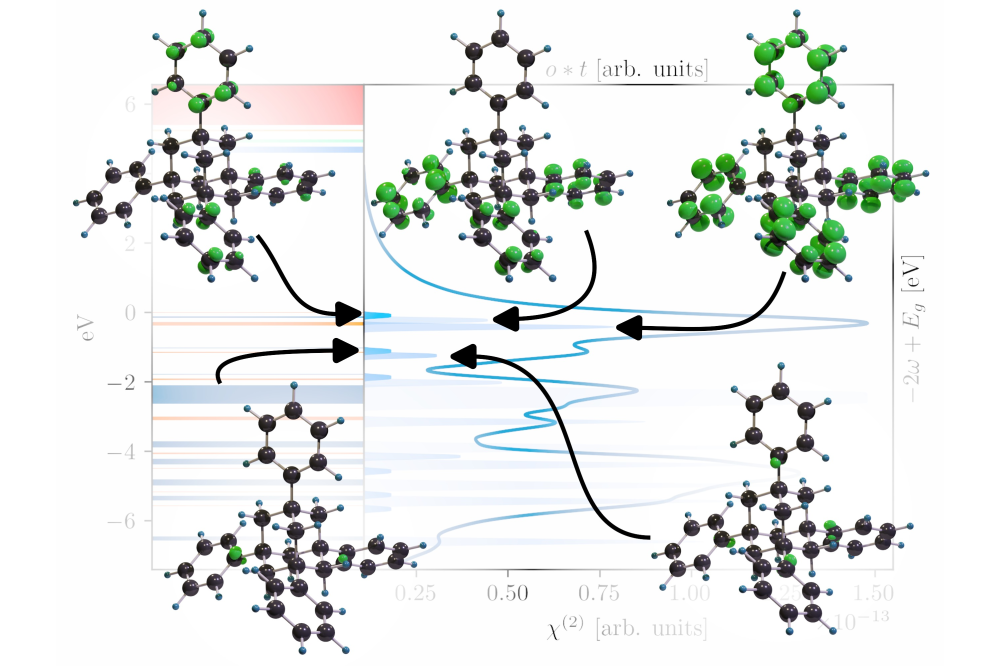
White light generation (WLG) is one of the most puzzling and exciting topics in nonlinear optics. Strictly speaking, WLG ...
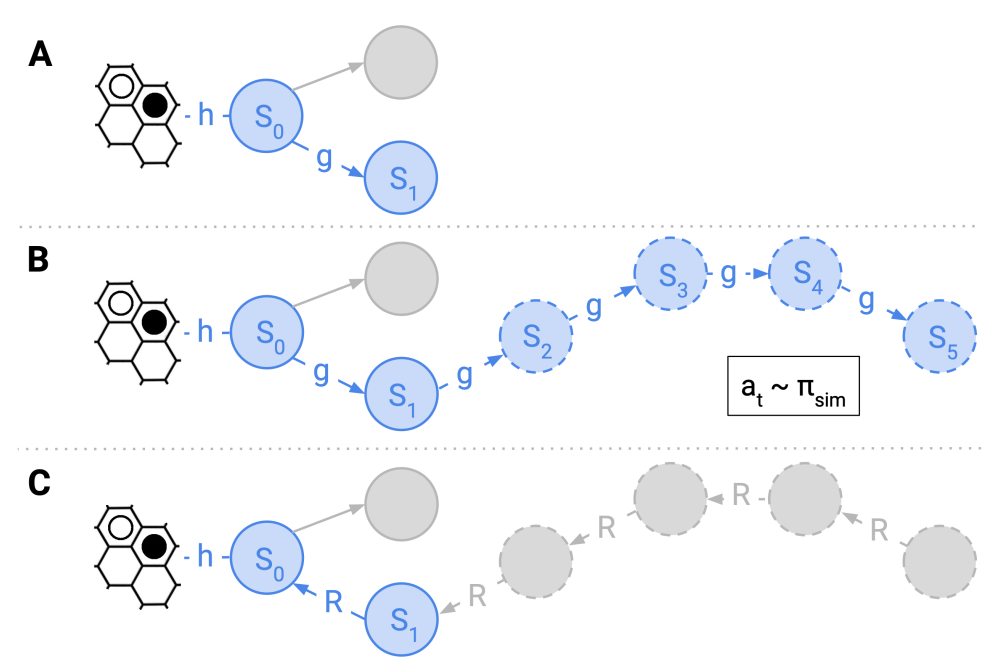
Planning algorithms have shown impressive performance in many domains such as chess and Go. In particular, Monte Carlo ...
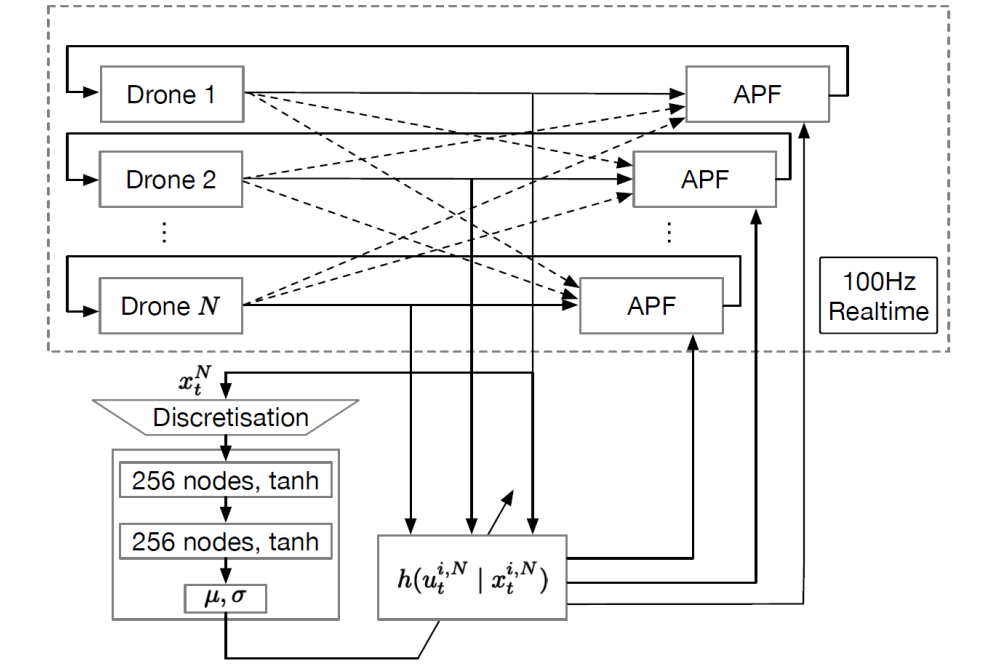
In recent years, reinforcement learning and its multi-agent analogue have achieved great success in solving various ...

Detailed multi-scale modelling provides in-depth insights into the complex phenomena of catalytic systems that typically ...
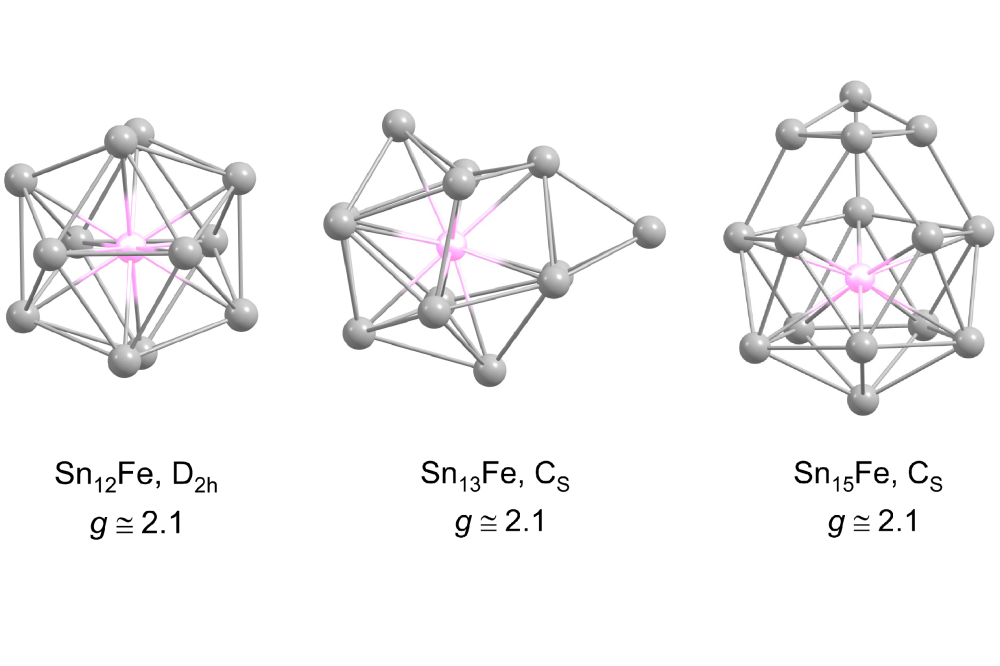
In the framework of the Collaborative Research Center (CRC 1487), iron is studied as a substitute for rare-earth metals ...
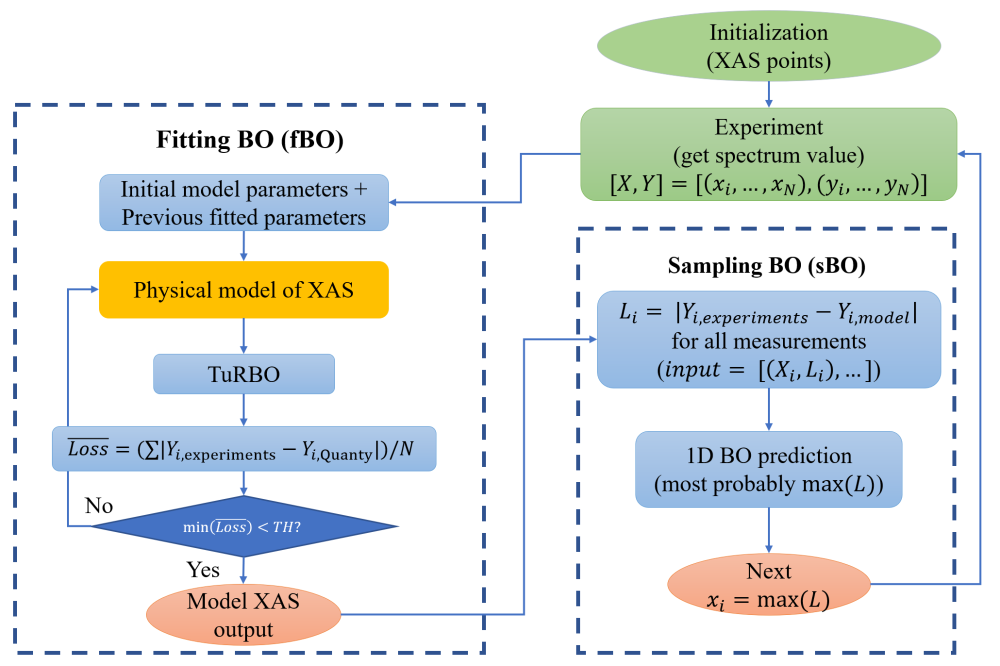
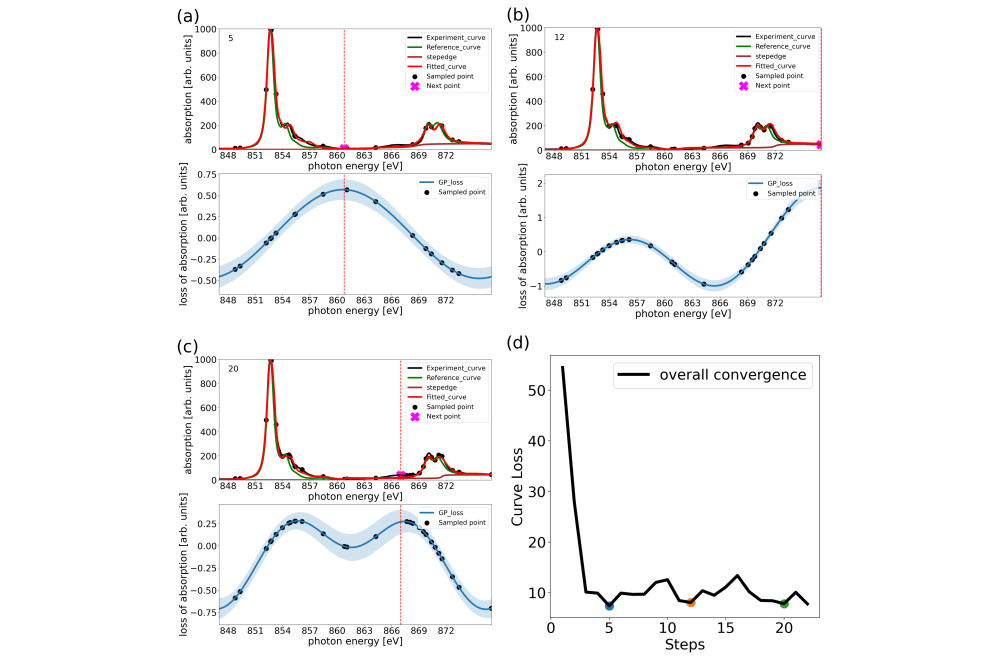
X-ray Absorption Spectroscopy (XAS) is a pivotal technique in material research, requiring numerous sampling points for ...



